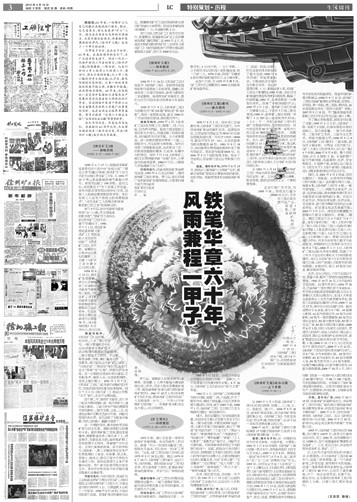
Business Digital newspapers Another brick in the wall
商業 數字報業 另辟蹊徑
The rapid rise of newspaper paywalls
付費閱讀的大幅增長
ON OCTOBER 10th the Baltimore Sun will join a fast-growing club. The newspaper will start tracking the number of times people read its stories online; when they reach a limit of 15 a month, they will be asked to pay. Local bloggers may squawk about content wanting to be free. But perhaps not as much as they would have done a few months ago. There is a sense of inevitability about paywalls.
該報將記錄讀者閱讀的次數,超過每月15次的免費限額后讀者將被要求付費。本地博主們可能會因此滿腹牢騷,但是可能沒有幾個月之前的反應強烈 。付費墻的推廣具有必然性。
In April 2010 PaidContent, an online publication, found 26 American local and metropolitan newspapers charging for online access. Several times that number now do so. More than 100 newspapers are using Press+, an online payment system developed in part by a former publisher of the Wall Street Journal. MediaNews, a newspaper group, put up two paywalls in 2010; it has erected 23 so far this year.
2010年4月,網絡發行商PaidContent提供26家美國本地、都市報付在線費閱讀服務。超過100種報紙使用名為Press+的在線支付系統,某種程度上來說該系統是有華爾街日報的前出版商推出的。2010年媒體新聞集團推行了2款付費墻,今年迄今為止已建立了23款。
Among national newspapers, paywalls are still rare, though the New York Times and the Times of London both have them. Most wall-building is being done by small local outfits. "Local newspapers are more vital to their communities, and they have less competition," explains Ken Doctor, the author of "Newsonomics".
盡管紐約時報和倫敦時報都推行了付費墻,但是國家級刊物的付費墻卻寥寥無幾。設置付費墻的往往是一些本地小報,他們對當地社區是至關重要的,因而他們所面臨的外部競爭相對較少。Newsonomics的作者Ken Doctor如是說。
The most ambitious architects are in Europe. Since May Slovakia has had a virtual national paywall—a single payment system that encompasses nine of the country's biggest publications. Slovaks who want to read news online pay











